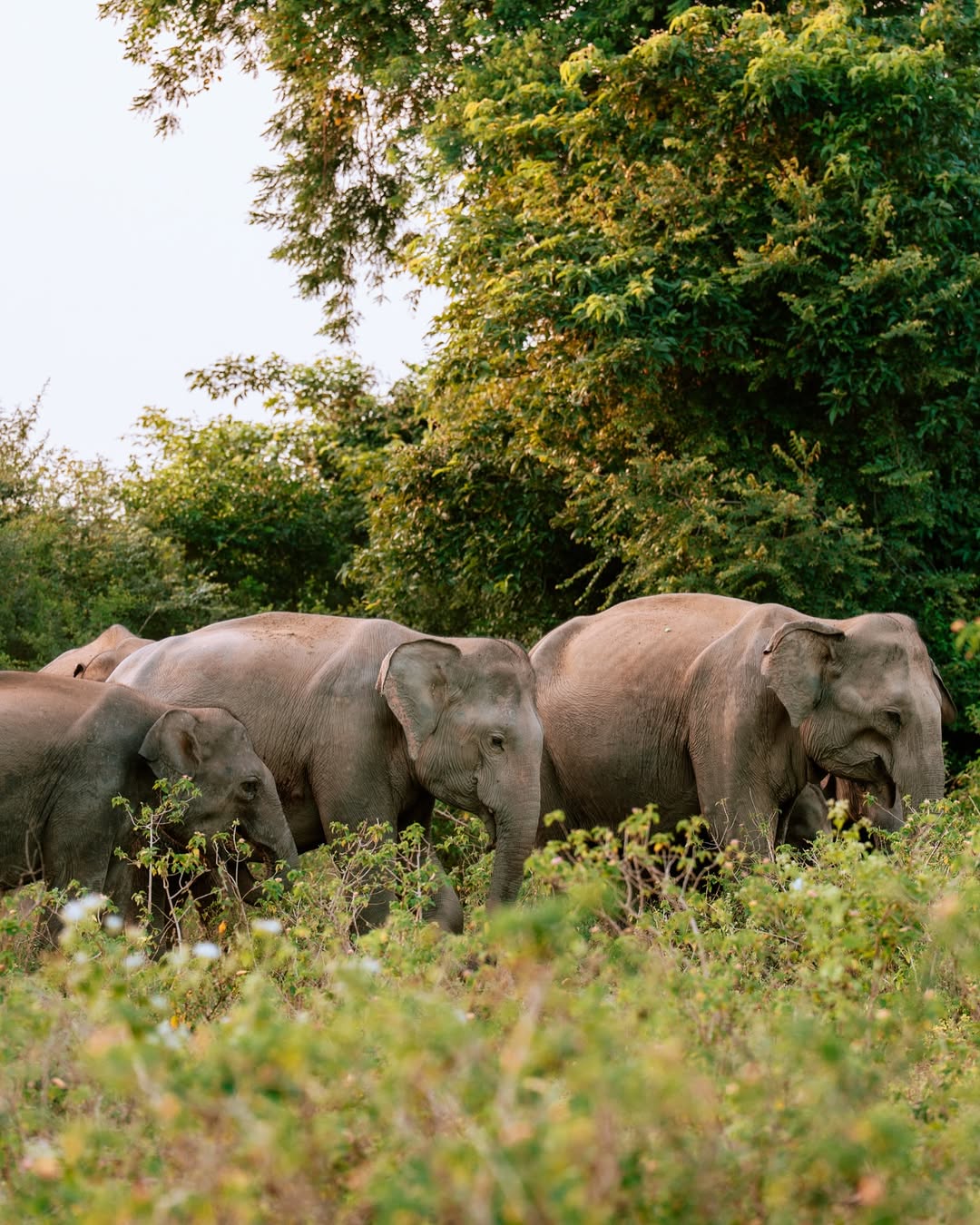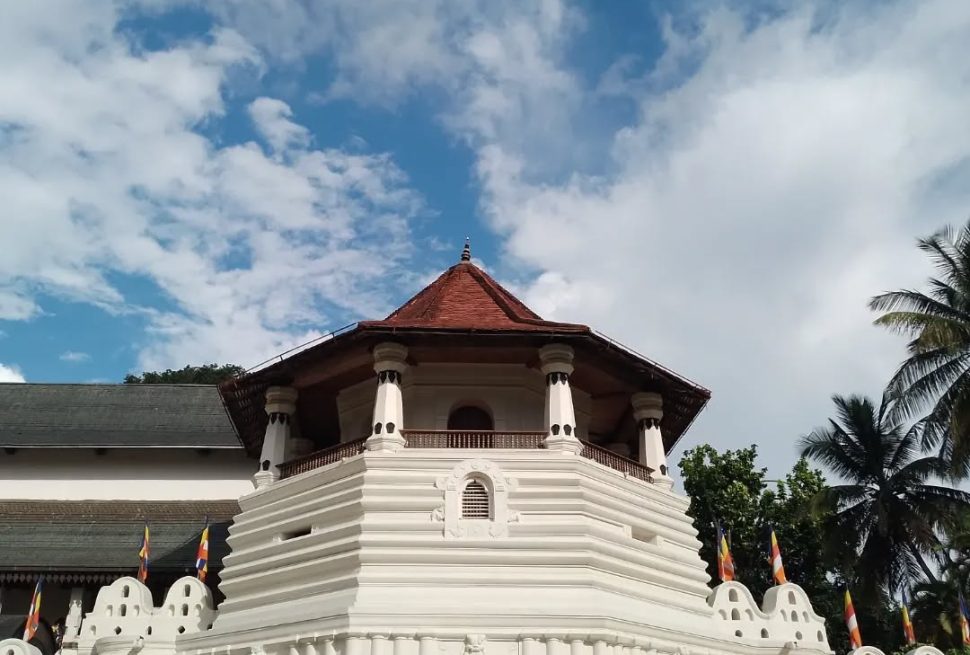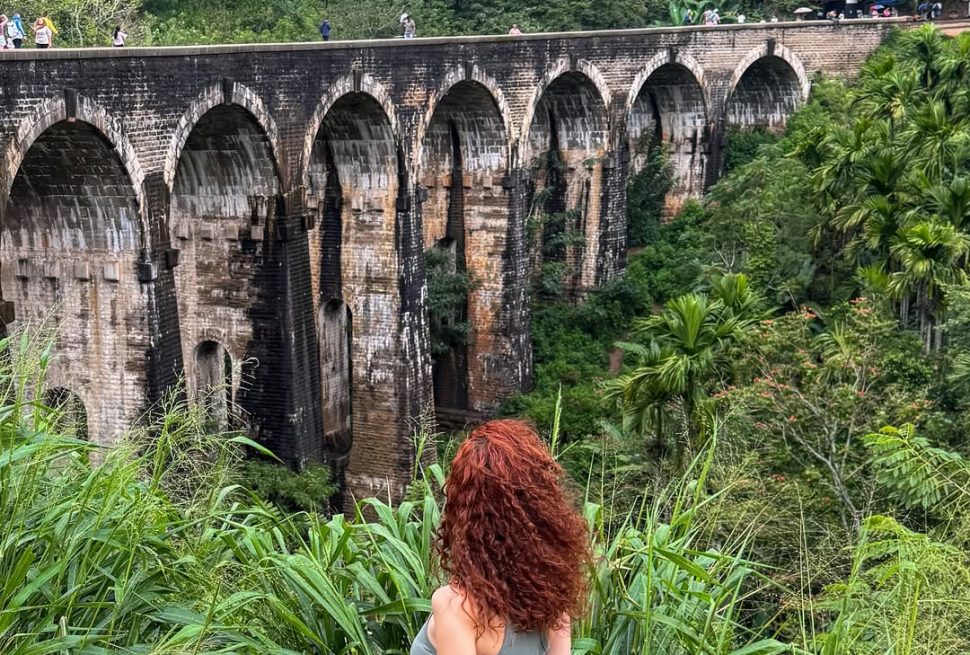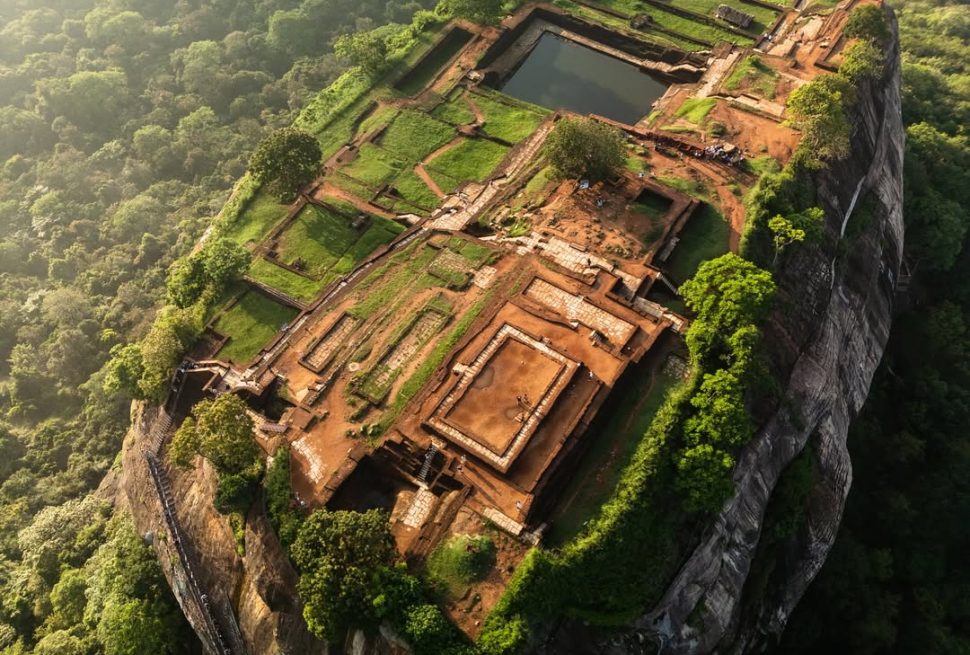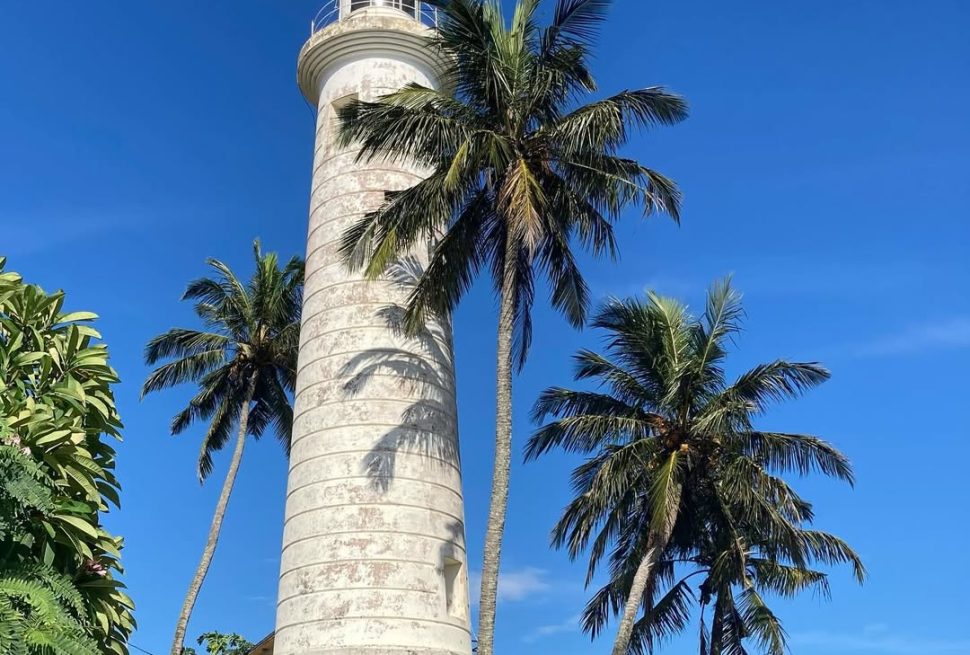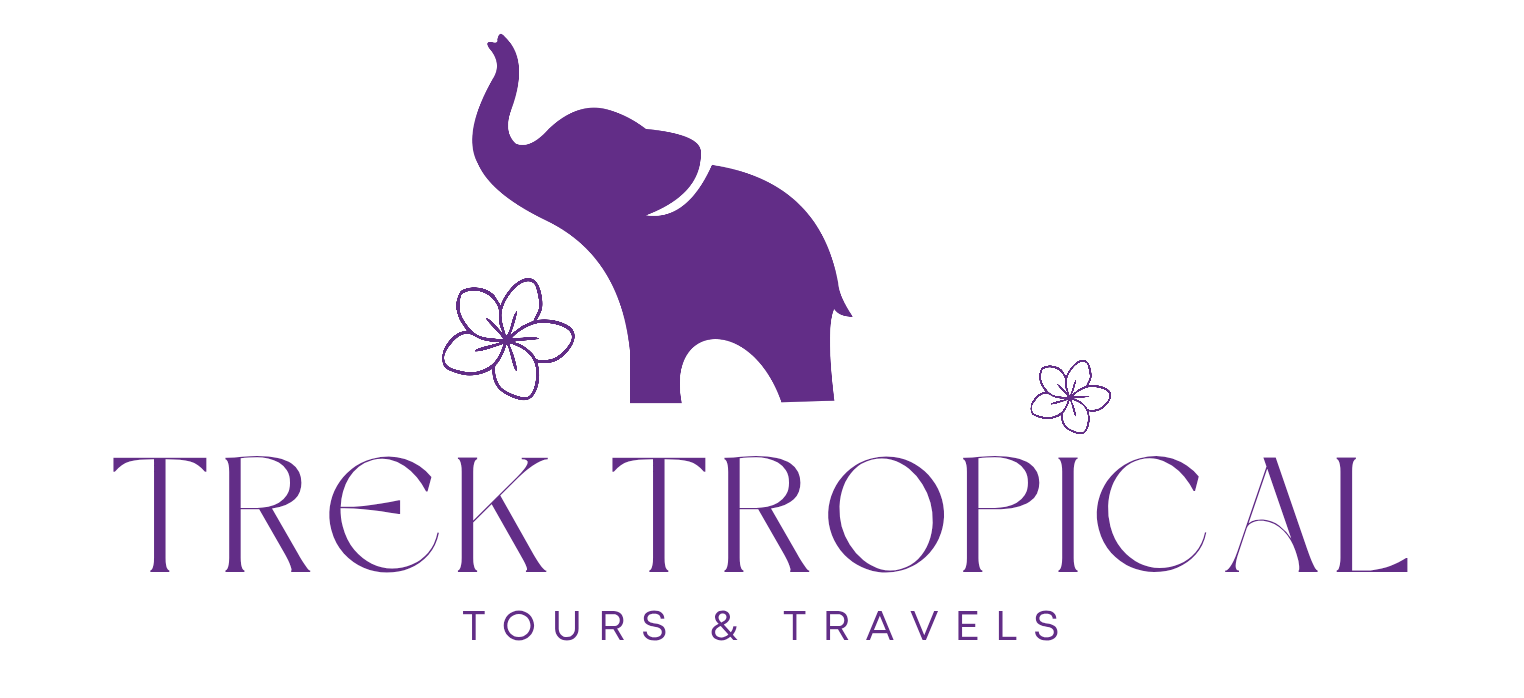Yala National Park, located on the southeastern coast of Sri Lanka, is a name synonymous with thrilling wildlife encounters and breathtaking natural beauty. As the country’s most visited and second-largest national park, Yala offers an unparalleled safari experience that draws travelers from across the globe. This isn’t just a place to see animals; it’s a place to witness the raw, untamed spirit of the Sri Lankan wilderness
A Global Hotspot for Leopard Spotting
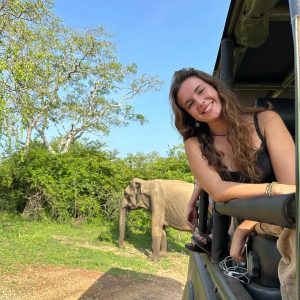
What sets Yala apart is its remarkable concentration of leopards. The park boasts one of the highest leopard densities in the world, making it a prime destination for those hoping to catch a glimpse of this magnificent and elusive big cat. A safari through Yala’s scrublands, grasslands, and rocky outcrops offers the very real possibility of seeing a leopard lounging on a tree branch, basking on a rock, or even sauntering along the track.
Beyond the Leopard: A Rich Tapestry of Wildlife
While the leopards are the star attraction, Yala is a biodiverse wonderland teeming with a vast array of other creatures. The park is home to a significant population of majestic Sri Lankan elephants, which can often be seen in herds around the waterholes and lagoons. Keep your eyes peeled for the shaggy-coated sloth bear, another one of Yala’s “big five,” a rare and incredible sight for any wildlife enthusiast.
Other notable residents include:
- Mammals: Wild buffalo, spotted deer, sambar deer, wild boar, and the mischievous toque macaque.
- Reptiles: A variety of crocodiles, including the mugger crocodile, as well as several species of snakes and lizards.
- Birdlife: Yala is a birdwatcher’s paradise with over 200 species recorded, including six endemic to Sri Lanka. From vibrant Sri Lanka junglefowl and grey hornbills to majestic crested hawk-eagles and a multitude of migratory waterbirds, the park’s skies and wetlands are a constant flutter of activity.
The Ecosystem and Landscape
Yala’s diverse landscape is a key reason for its rich biodiversity. The park is a mosaic of different ecosystems, including dry monsoon forests, thorn forests, open grasslands, freshwater wetlands, and stunning sandy beaches that border the Indian Ocean. This variety of habitats provides shelter and sustenance for a wide range of animals. The park’s main source of water is the Menik River, which creates a series of lagoons and waterholes that become vital gathering spots for wildlife, especially during the dry season from February to June.
Planning Your Yala Safari
To make the most of your Yala adventure, it’s essential to plan your visit carefully.
- Best Time to Visit: The dry season (February to June) is generally considered the best time for wildlife sightings, as animals congregate around the shrinking water sources. The park is typically closed for a period in September for maintenance, so it’s always wise to check official schedules.
- Choosing a Safari: Book a safari with a reputable and responsible tour operator. A knowledgeable naturalist guide, not just a driver, can significantly enhance your experience by providing insights into the animals and the ecosystem.
- Respecting the Wild: Remember that you are a guest in a wild environment. Follow the park’s rules: stay in your vehicle, maintain a respectful distance from the animals, and avoid making loud noises. Sustainable and responsible tourism is crucial to preserving this incredible natural heritage.
Yala National Park is more than just a destination; it’s an unforgettable journey into the heart of Sri Lanka’s wild side. It’s a place that promises adventure, stunning photographs, and memories that will last a lifetime.

